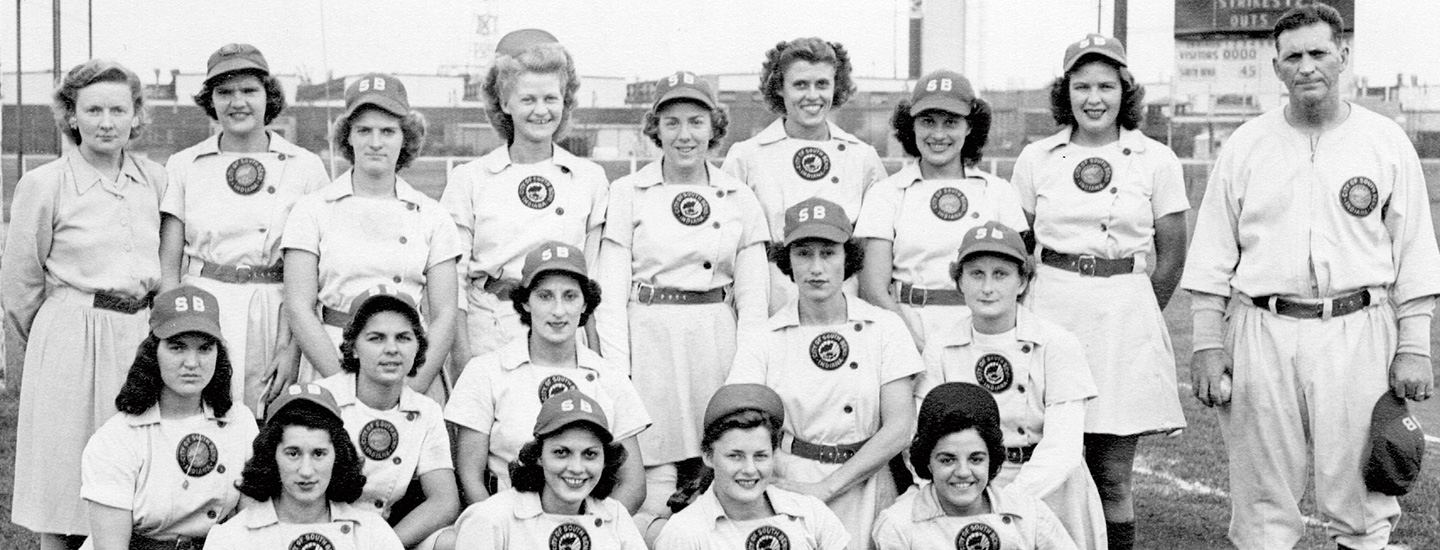In May 1943, Betsy Jochum arrived at Wrigley Field, the home of the Chicago Cubs. But she wasn’t there to watch a baseball game. She and nearly 300 other women had been invited to try out for the first professional baseball league for women.
Jochum had grown up playing softball in Cincinnati, Ohio. At the tryouts, she impressed the coaches with her speed, hitting, and fielding skills. Jochum was chosen to play for one of the new league’s four teams, the Blue Sox of South Bend, Indiana.
“It was the greatest feeling in the world,” Jochum told Scholastic News.
The new league came to be known as the All-American Girls Professional Baseball League (AAGPBL). Seventy-five years later, Jochum and the league’s other players are remembered as pioneers for women in sports.
In May 1943, Betsy Jochum arrived at Wrigley Field, the home of the Chicago Cubs. But she wasn’t there to watch a baseball game. She and nearly 300 other women had been invited to try out for the first professional baseball league for women.
Jochum had grown up playing softball in Cincinnati, Ohio. At the tryouts, she impressed the coaches with her speed, hitting, and fielding skills. Jochum was chosen to play for one of the new league’s four teams, the Blue Sox of South Bend, Indiana.
“It was the greatest feeling in the world,” Jochum told Scholastic News.
The new league came to be known as the All-American Girls Professional Baseball League (AAGPBL). Seventy-five years later, Jochum and the league’s other players are remembered as pioneers for women in sports.

